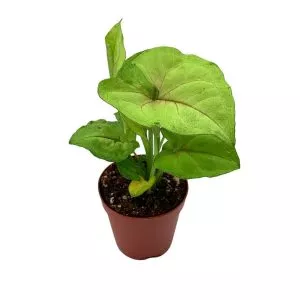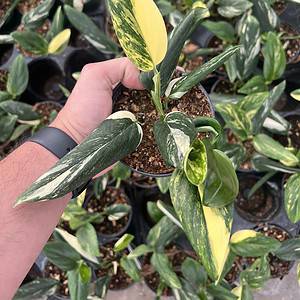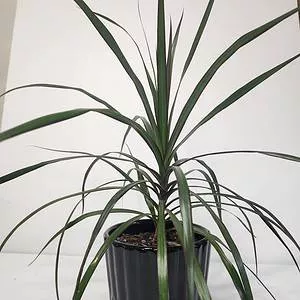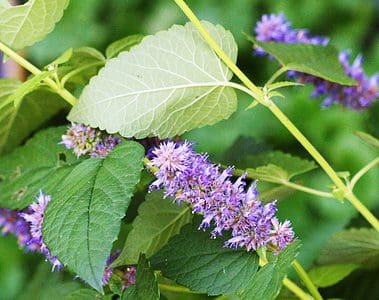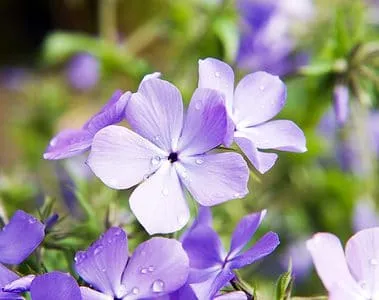No products in the cart.
Table of Contents
Rice stands as a dietary staple embraced worldwide. Although its culinary processing surpasses the capacities of most household cultivators, cultivating it holds value, particularly for its ornamental contribution to the scenery.
Rice Care Table Guide
PLANT NAME: Rice grass
Scientific Name: Oryza sativa
Other Name: Rice
Plant Type: Annual
Native Areas: China
Light Requirement: Full sun
Watering: Ample watering
Fertilizer: Organic
Propagation: Seeds
Soil Type: Nitrogen-rich soil
USDA Hardiness Zones: 10 -12
According to Brie Arthur, a horticulturist and the author of “Gardening With Grains: Bring the Versatile Beauty of Grains Into Your Landscape,” rice cultivation proves remarkably straightforward. She remarks, “The ease of cultivating rice is truly remarkable.”
She also emphasizes the rich insights gained from firsthand rice cultivation, including comprehension and admiration of the challenges of growing rice.
What is Rice

Rice is a semi-aquatic annual grass and is a crucial cereal crop, a primary food source for many. It thrives in submerged fields called rice paddies and is recognized by its elongated leaves and distinctive seed heads containing grains.
Once harvested, these grains undergo processing to yield various rice types integral to diets worldwide.
Rice originated in China’s Yangtze River Valley roughly 10,000 years ago. The early rice plant was Oryza rufipogon, originally growing wild in forested wetland areas that provided fertile, moist ground ideal for rice cultivation.
Ancient Chinese rice farmers domesticated this wild rice over thousands of years, selectively breeding it into the crop that feeds billions today.
Best Growing Conditions for Rice
Even upland rice has a stable water supply and a temperate climate. Growing rice, in general, prefers minimal competition. Hence, constant weeding is required! The most favorable growing conditions for rice include hot climates with long growing seasons and frequent rainfall.
Rice thrives in semi-acidic soils so that some growing environments may require fertilizer. Unlike rice grown in the wild, wild rice (Zizania pastries) is best adapted to colder northern climates and requires constant irrigation.
Growing Zones for Rice (Where To Grow Rice for the Best Yield)
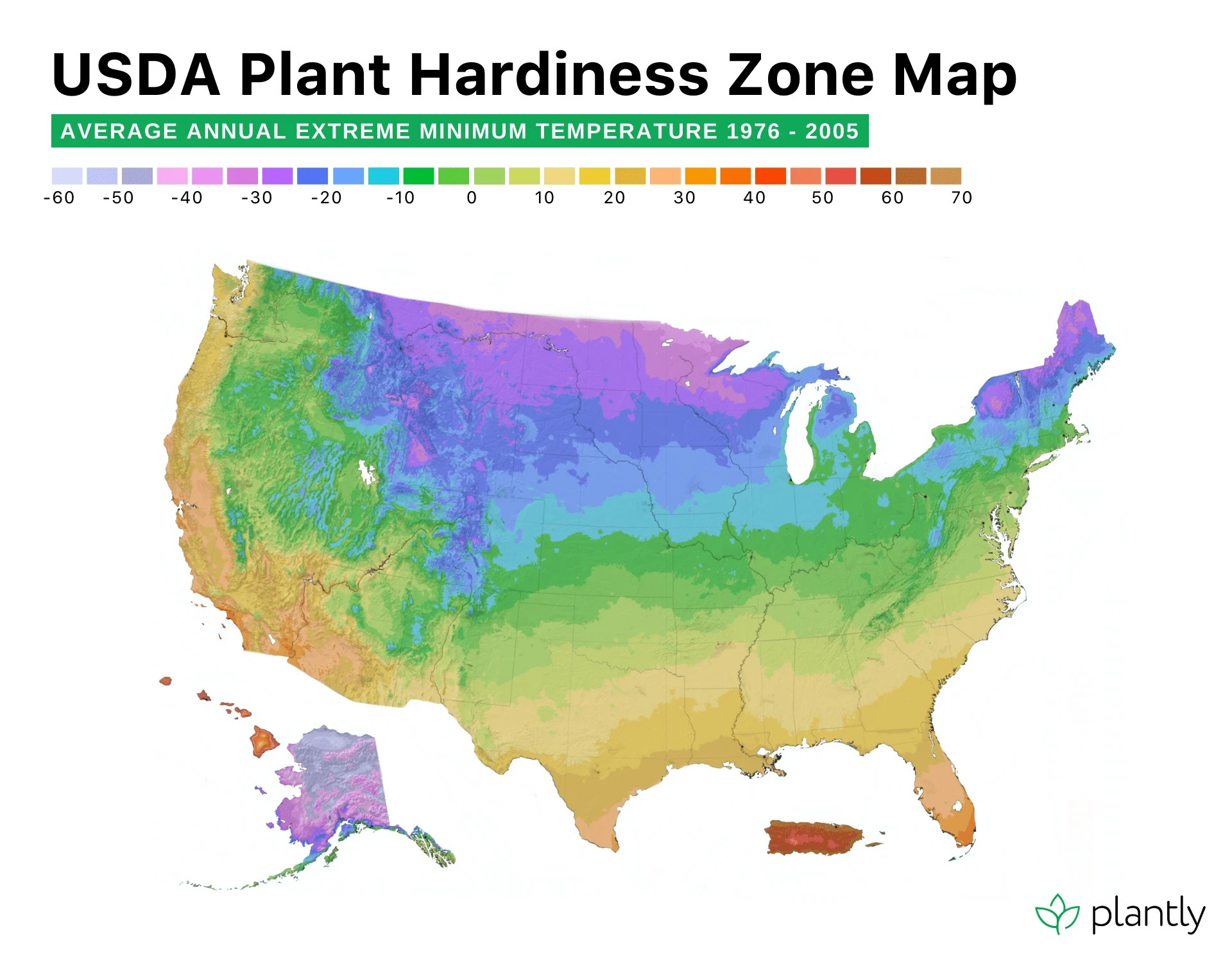
Optional growing zones for cultivating rice are in USDA zones 10 to 12, primarily within southern states such as Florida, Louisiana, and Texas. The long, hot summer season allows enough time to mature rice, which helps produce more varieties.
Two Types of Rice
There are two types of rice. Paddy rice ( upland rice ) or lowland rice is a semi-aquatic crop in flooded parcels called paddies, whereas upland rice is grown like other grains in dry soil.
One upland variety recommended for home growing is Duborskian rice, which matures in 115 days from transplanting. It is also cold-hardy and can survive a light frost, which makes it more suitable for cooler climates. White rice from the grocery store won’t work for growing rice, but you can try it using organic brown rice as seed.
If you don’t enjoy hotter climates, it is usually flooded with 2 inches of water to prevent weeds. Highland or upland rice grows well on mountains and steep hillsides and does not require flooding for cultivation.
Steps for Planting Rice Seeds in Containers
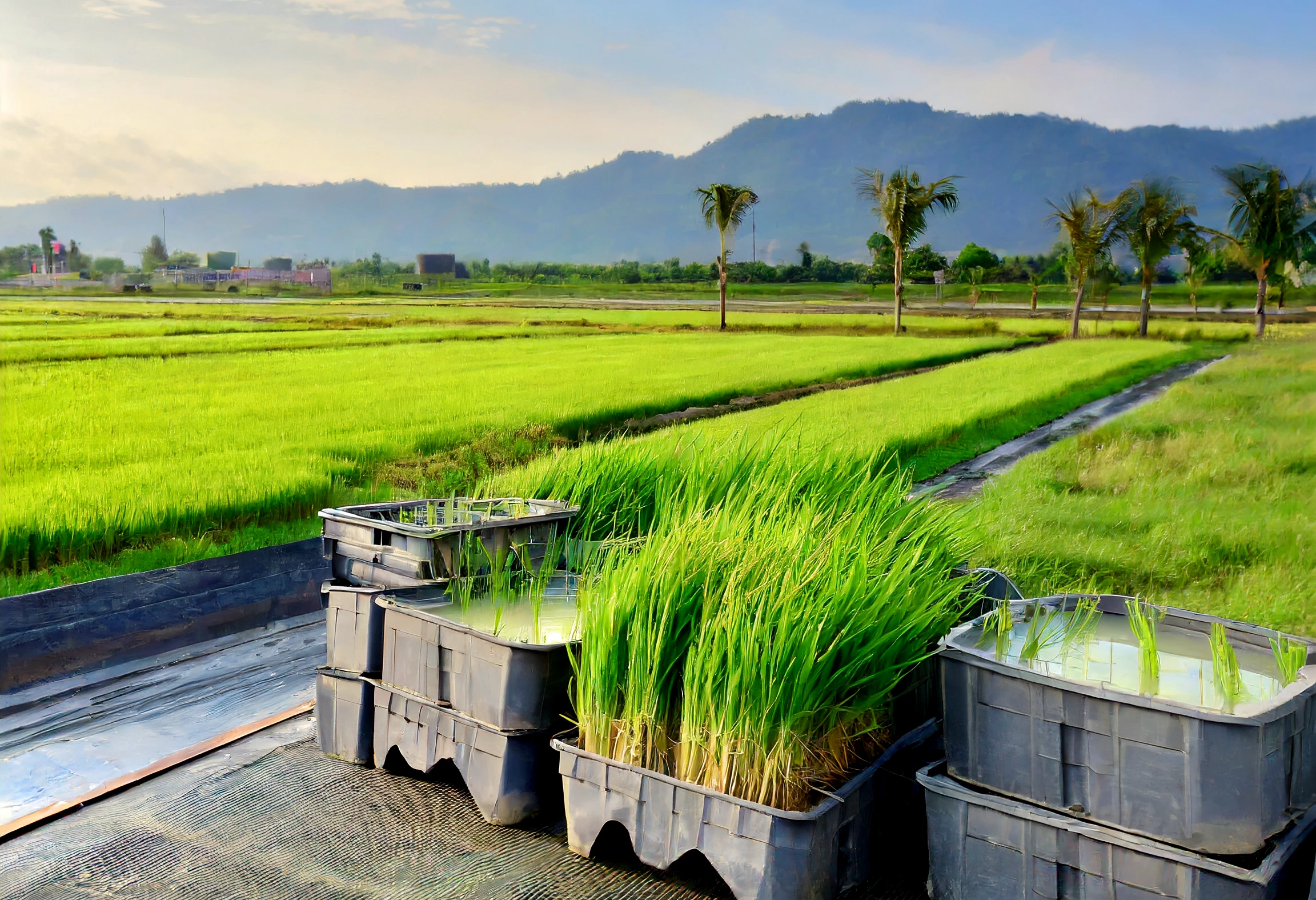
You can purchase rise seed online or at any reputable nursery store. The seeds can quickly grow to 2 pounds in a home garden. Rice grain from grocery stores cannot be planted, but organic brown rice can be experimented with.
Understanding how the rice grain is treated is important because the seed must be planted before sowing it. So, how do you grow rice from seeds?
Here are Plantly’s recommendations.
Outline your strategy to plant rice seeds during spring, once the threat of frost has subsided, at the beginning of spring.
Find a sunny place with abundant and moist soil. Put containers in the yard that meet these conditions—growing rice through the transplanting process or seed. Start seedlings indoors six to eight weeks before the date of planting.
Take a 7-gallon or larger container and fill it with compost until an inch or two from its brim.
Scatter seeds generously atop the soil, incorporate more compost, and thoroughly water the container’s soil.
Maintain soil moisture, as rice has a penchant for hydration and falters under dry soil conditions.
Horticulturist Brie recommends applying fish emulsion fertilizer approximately once every month. The seeds are anticipated to sprout within five to ten days, with quicker emergence in warmer climates. As summer wanes, rice plants initiate the development of seed heads, with seeds maturing over four to five weeks.
When seedling transplanting is done, lay it out in rows about 8 to 10 inches apart for more space, providing room for a vigorous root structure. The good news is you can cultivate rice in containers instead of in garden beds.
-
$14.99Sold By: BubbleBlooms
In stock
Blue Column Cactus
Rated 4.81 out of 5 based on 279 customer ratings00Sold By: BubbleBlooms -
$6.99Sold By: BubbleBlooms
In stock
Syngonium Cream Allusion in 2 inch pot, well rooted live starter house plant
Rated 4.81 out of 5 based on 279 customer ratings00Sold By: BubbleBlooms -
$9.95Sold By: CTS Air Plants
In stock
Dracaena Tornado Houseplant
Only 8 available and it’s in 3 people’s basketSold By: CTS Air Plants -
Free Shipping$44.99Sold By: Aloha Hawaii Orchids
In stock
Live Paphiopedilum Niveum x Sib (hshyng x tan san) Rare Plant 4″
Rated 4.65 out of 5 based on 268 customer ratings00Sold By: Aloha Hawaii Orchids
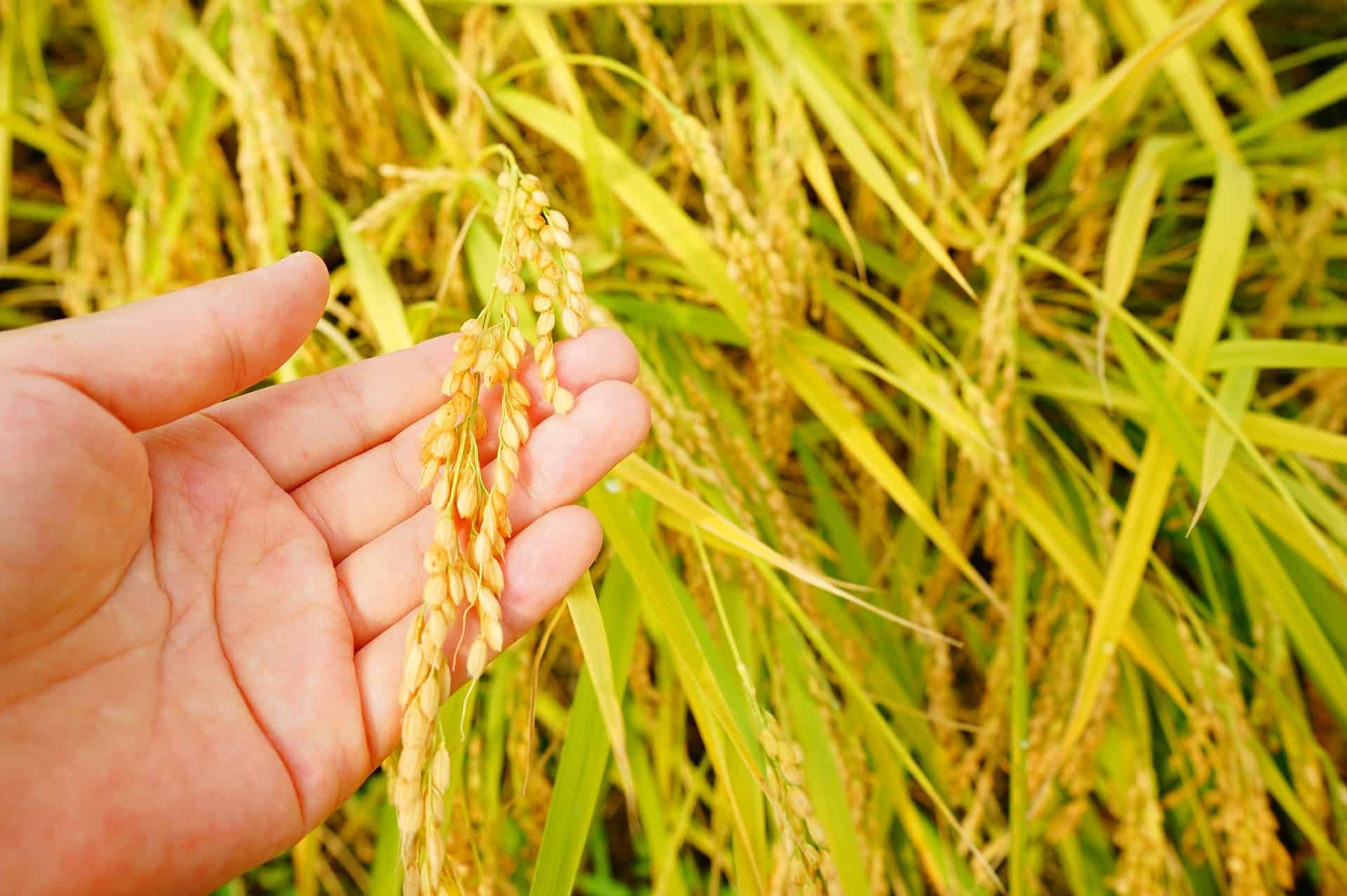
Rice Plant Care
Soil and Water
It is recommended to use regular garden soil that is rich in organic matter for planting rice. The soil should be prepared in a garden bed that allows sufficient drainage to avoid waterlogged soil. Adequate irrigation is essential for the optimal growth of rice plants.
Light
Rice plants require total sun exposure to grow and develop properly. Ensure the chosen planting location receives at least six to eight hours of direct sunlight daily.
Adequate light helps in photosynthesis, enabling the rice plant to produce enough energy for its growth and the development of rice grains.
Temperature and Humidity
Growing rice is best suited for warm, tropical climates. Rice plants thrive in temperatures between 70°F and 90°F. They also require high humidity levels, as they belong to the grass family.
Fertilizer
Incorporate organic matter into the soil to enrich its nutrients. Additionally, apply a balanced fertilizer during the growing season to supply the required nutrients to the rice plants.
This ensures a sustainable supply of essential minerals for proper development and robust rice stalks.
Propagation
Transplant seedlings are the most common method for propagating rice plants.
- Purchase rice seeds suited for your desired type and germinate them in a controlled environment like a nursery or greenhouse.
- Transplanting process: Once seedlings reach an appropriate size, transplant them into a prepared garden bed with suitable spacing for growth. Plant the seedlings half an inch deep, ensuring their roots are adequately covered.
- Enjoy the process: Propagating rice plants, especially during the warm growing season, can be enjoyable. You can successfully grow rice plants at home by following these steps and providing the necessary care.
How Rice is Harvested
Cut off the seed leads from the stems once the seeds turn from green to brown and dry.
Begin the threshing process—extracting the edible grain from the non-edible outer husk—and winnowing—dispersing the chaff to leave only the seeds behind.
Opting for mechanized assistance streamlines this procedure. Brie employs a DIY apparatus featuring a 5-gallon container with a lid, an electric drill, and an elongated rod with a chain link. This setup aids in dislodging the external coatings from the seeds.
Tools like an electric drill and a fan can make this process easier. You can use a box fan to help blow away the parts we don’t need as the rice goes into a big container. Sometimes, you’ll need to do these steps more than once to ensure all the extra parts are gone.
You can also remove the husk by rubbing the rice seeds between your hands in small groups. This will give you brown rice.
After harvesting, properly store rice to maintain its quality. Place the cleaned and dried rice in airtight containers or vacuum-sealed bags to prevent moisture and pests from affecting the grains. Store the containers in a cool, dry, dark place, such as a pantry or cupboard, to prolong their shelf life.
Famous Rice Varieties You Can Grow
Long Grain Brown
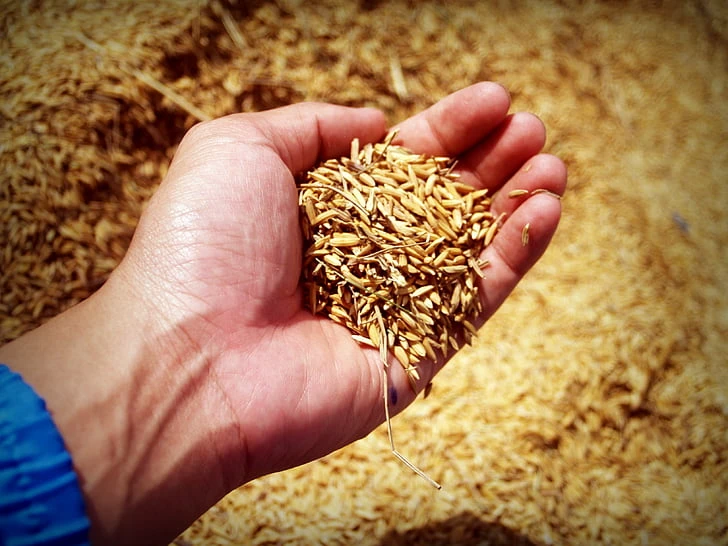
Long-grain brown rice is a famous long-grain rice celebrated for its golden brown color, nutty flavor, and chewy texture. It retains more nutrients than polished white rice since the tough, fibrous bran layer remains intact.
Home growers can produce how much rice their plants yield by growing long-grain brown rice in backyard plots or container gardens, giving enough space for rice plants to spread.
Jasmine

Jasmine rice, originating from Thailand, is famed for its subtly sweet floral scent and soft, sticky texture when cooked. The secret lies in jasmine’s unique long-grain rice plant variety, which produces rice grains containing a compound that gives rise to the signature aroma.
Basmati
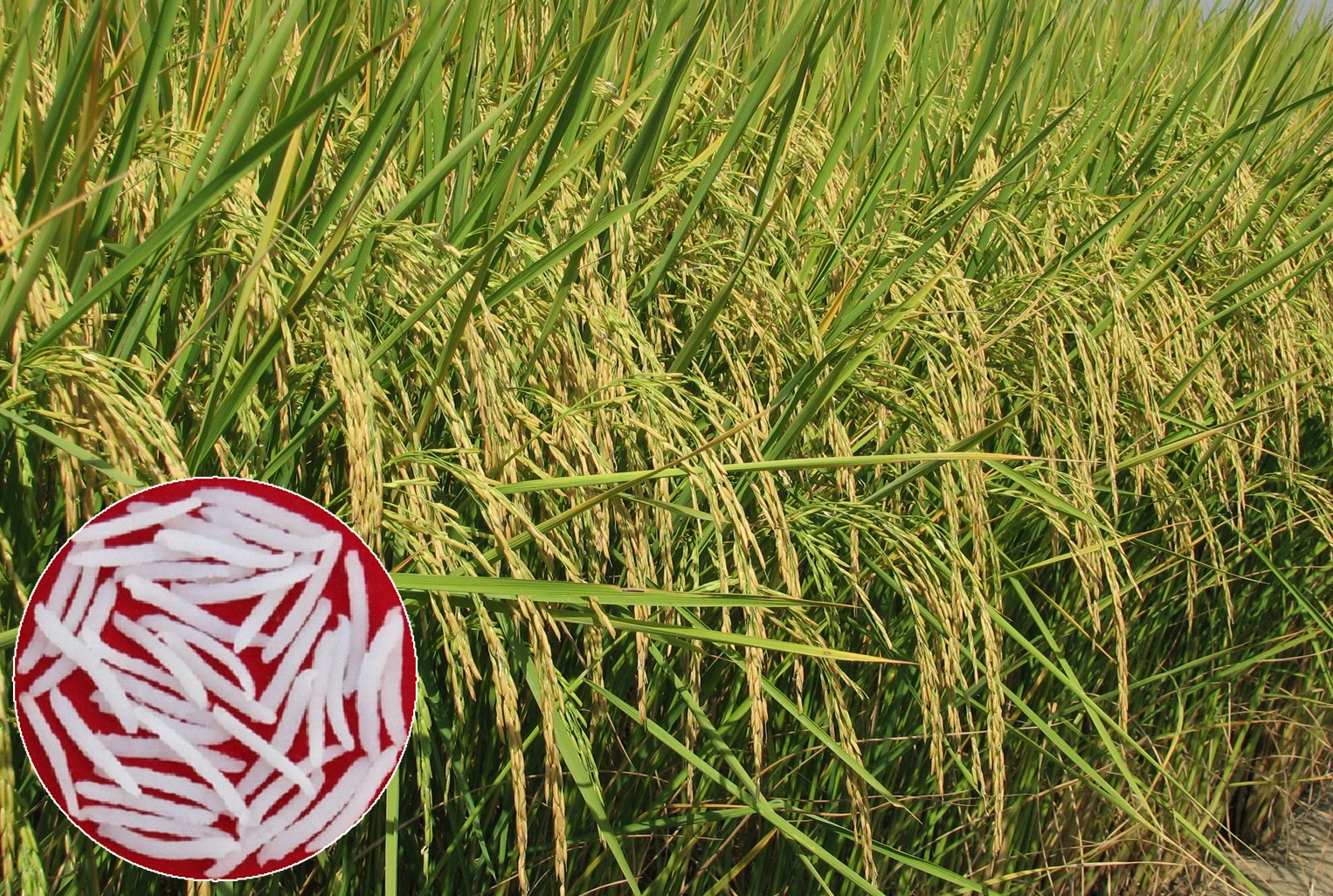
Basmati rice is exclusively known for its long, slender grains that beautifully elongate upon cooking. Its distinctive aroma and light and fluffy texture are highly desirable, making it a top choice for preparing delicious pilafs and aromatic biryanis.
Basmati rice is classified as medium-grain rice and falls under the category of Asian rice. Though it differs from other varieties, such as African rice or lowland rice varieties, Basmati rice still shares the fundamental characteristics that define the rice family.
Black Rice

Also known as “forbidden rice,” black rice earns its unique dark purple hue from exceptionally high anthocyanin levels. When cooked, this antioxidant-packed variety has a nutty flavor and chewy texture.
Sticky

Also referred to as sweet or glutinous rice, sticky rice delivers its signature chewy, gummy texture from unique varieties of short-grain rice crops. This uniquely versatile cereal crop can create sweet Asian desserts or complement savory main dishes when cooked into tender, sticky grains.
Long Grain White

Long-grain white rice is a versatile variety with grains that stay separate when cooked. It’s a staple in many cuisines and works well as a side dish or a base for different recipes.
Bomba Rice
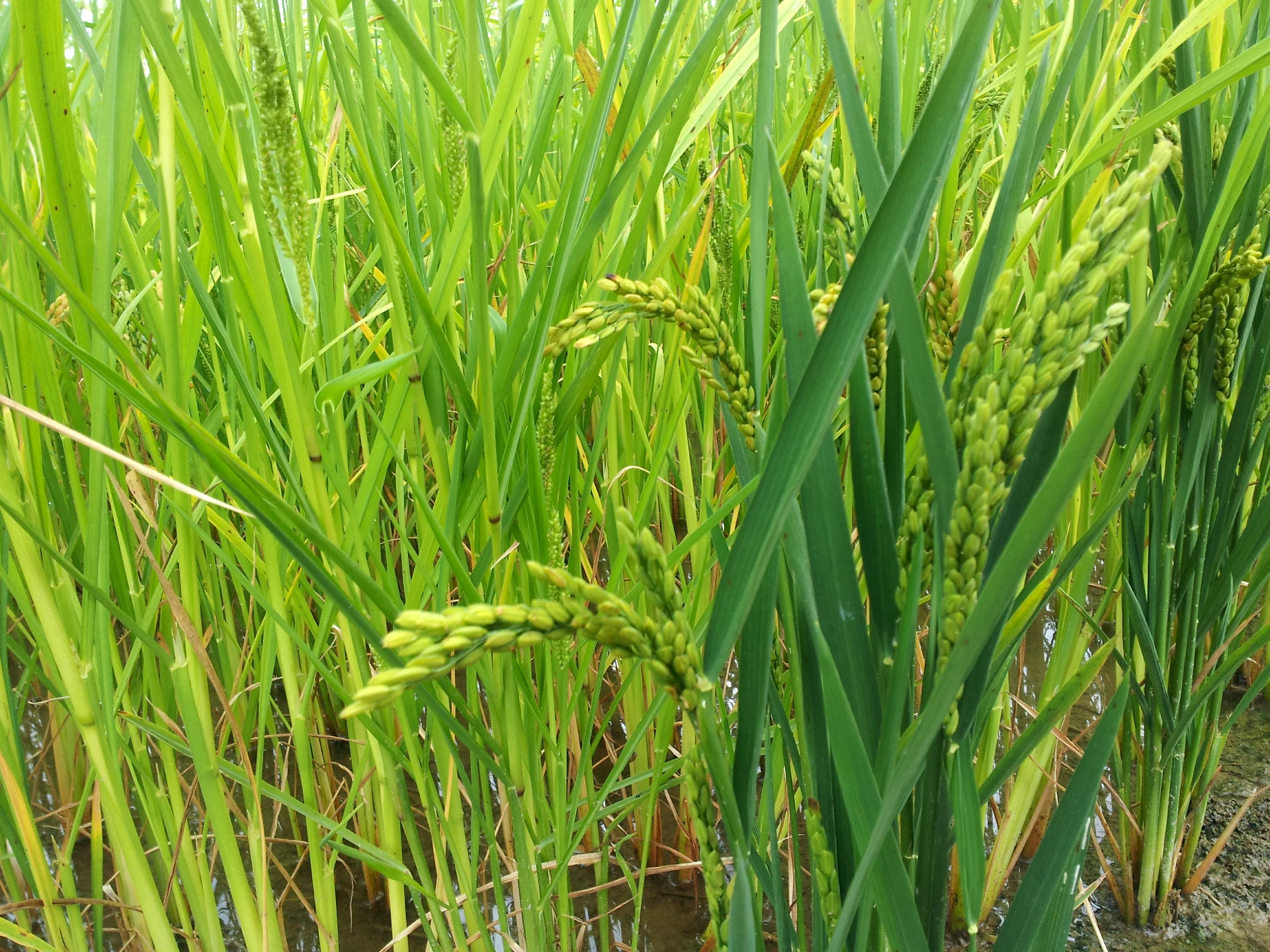
Bomba rice is short-grain rice. Its firm texture makes it an ideal choice for crafting traditional Spanish paella, as it demands a more significant amount of liquid absorption during the cooking process compared to other rice types.
Short Grain
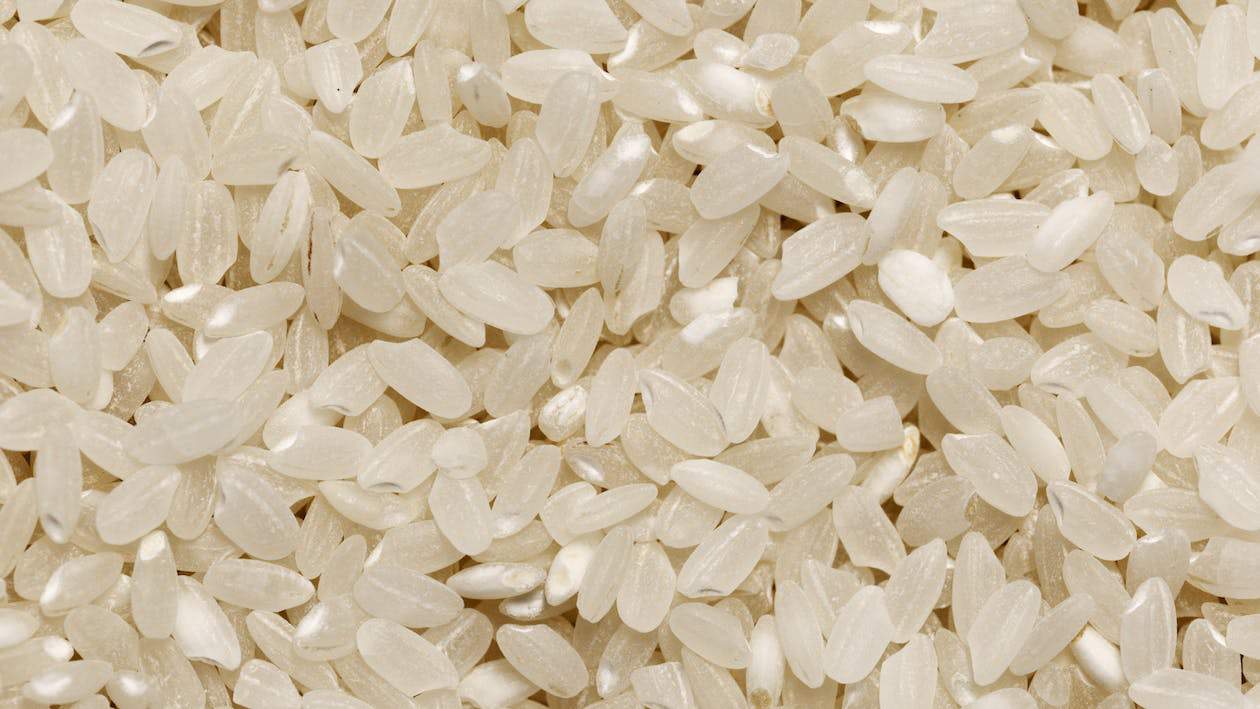
This rice variety is incredibly plump and nearly round. Due to its rich starch content, the grains turn sticky after cooking. This versatile rice is used in various dishes, such as sushi and rice pudding.
Common Pests and Diseases

Insect pests pose a significant threat to rice plants and can cause substantial damage to rice fields. Common pests that affect rice include rice water weevils and other insects. These pests thrive in warm, wet soil conditions, characteristic of a rice field during the growing season.
Maintaining proper pest control measures is essential to protect your rice plants. Implementing organic farming practices can help minimize the use of pesticides while ensuring a sustainable and healthy garden space.
Rice plants are wind-pollinated, and their specialized reproductive structures depend on wind to successfully pollinate them. However, this wind-dependent nature can also make rice plants susceptible to certain diseases, as pathogens can quickly spread through wind dissemination in warm growing seasons.
Standing water and excessive wet soil can create favorable conditions for developing diseases in rice plants. Regular monitoring and timely preventive measures can help mitigate these risks and ensure a healthy crop with enough rice production.
Frequently Asked Questions
Growing rice at home is possible, but challenging. Rice needs ample space, flooded clay soils rich in nutrients, precise water level controls, and tropical climates with hot summers. Container rice varieties are best for small spaces.
While demanding, urban rice cultivation creates an interesting backyard project for dedicated growers willing to accommodate its flooding, water, heat, and space requirements in order to reap homegrown grains.
Some cultivars require up to 120 days from planting to harvest. Occasionally the growth may take 180 days.
Wild rice gradually disappears in stable regions over a successful period in a stable area. It thrives on several different substrate materials, such as gravel, fine soil, or boulders. For germinating seeds, they should be kept cold for at least two weeks. In Ohio the probable site of these circumstances is along rivers and in the estuaries along Lake Erie.
The plant starts from late February until mid-May, according to the production area. Farmers plant seeds using modern technology either on a plane or on a drill.
Rice variety’s growth conditions and agronomical practices may also affect how long the plant will grow. The majority of cultivars take 105 to 150 days to grow before they are harvested. Some varieties require 180 days to gain maturity.
Yes, it is possible to grow rice from most types of raw rice purchased at the grocery store – but the germination rate may be poor. For the best odds, choose organic rice or specialty seed-grade rice marketed specifically for cultivation.
Check instructions to see if soaking and sprouting are recommended before planting store-bought rice directly into start trays or seed beds and carefully following suitable growing guidelines for that variety.
Whether you want to buy, sell, or simply reach out to other plant enthusiasts, Plantly is the right place to be!
-
$44.00Sold By: NEEPA HUT
In stock
6″ Fiddle Leaf Fig + Striped Noir Basket Planter
Only 5 available and it’s in 1 people’s basketRated 4.99 out of 5 based on 221 customer ratings12Sold By: NEEPA HUT -
-
$12.99Sold By: Succulent Oasis
In stock
Medium Succulent Plant – Hen’s and Chicks Sempervivum Pacific Blue Ice
Only 3 available and it’s in 1 people’s basketRated 4.84 out of 5 based on 352 customer ratings01Sold By: Succulent Oasis -
$15.00Sold By: Stripes and Variegations
In stock
Dragon Tree in black ceramic pot
Sold By: Stripes and Variegations

